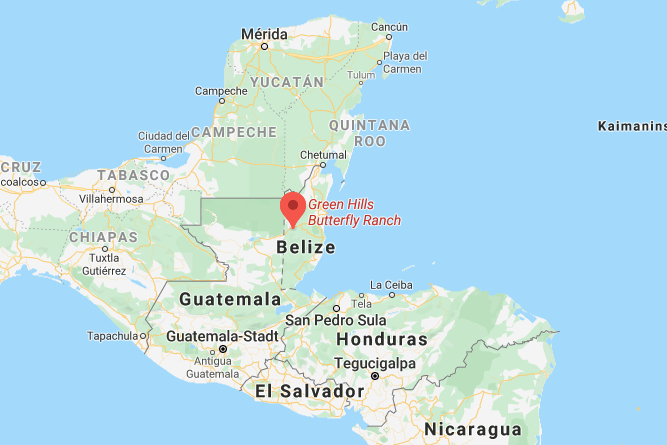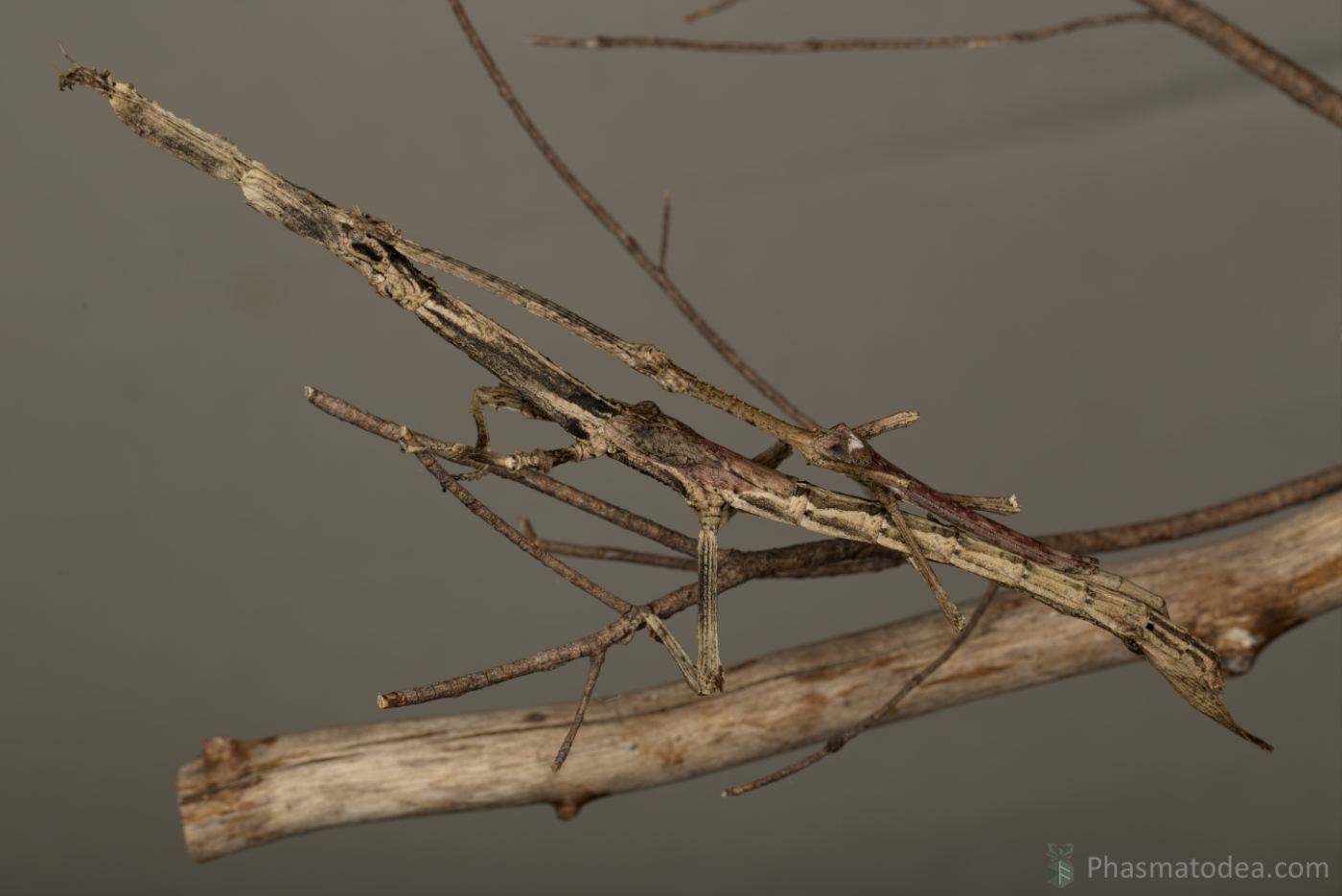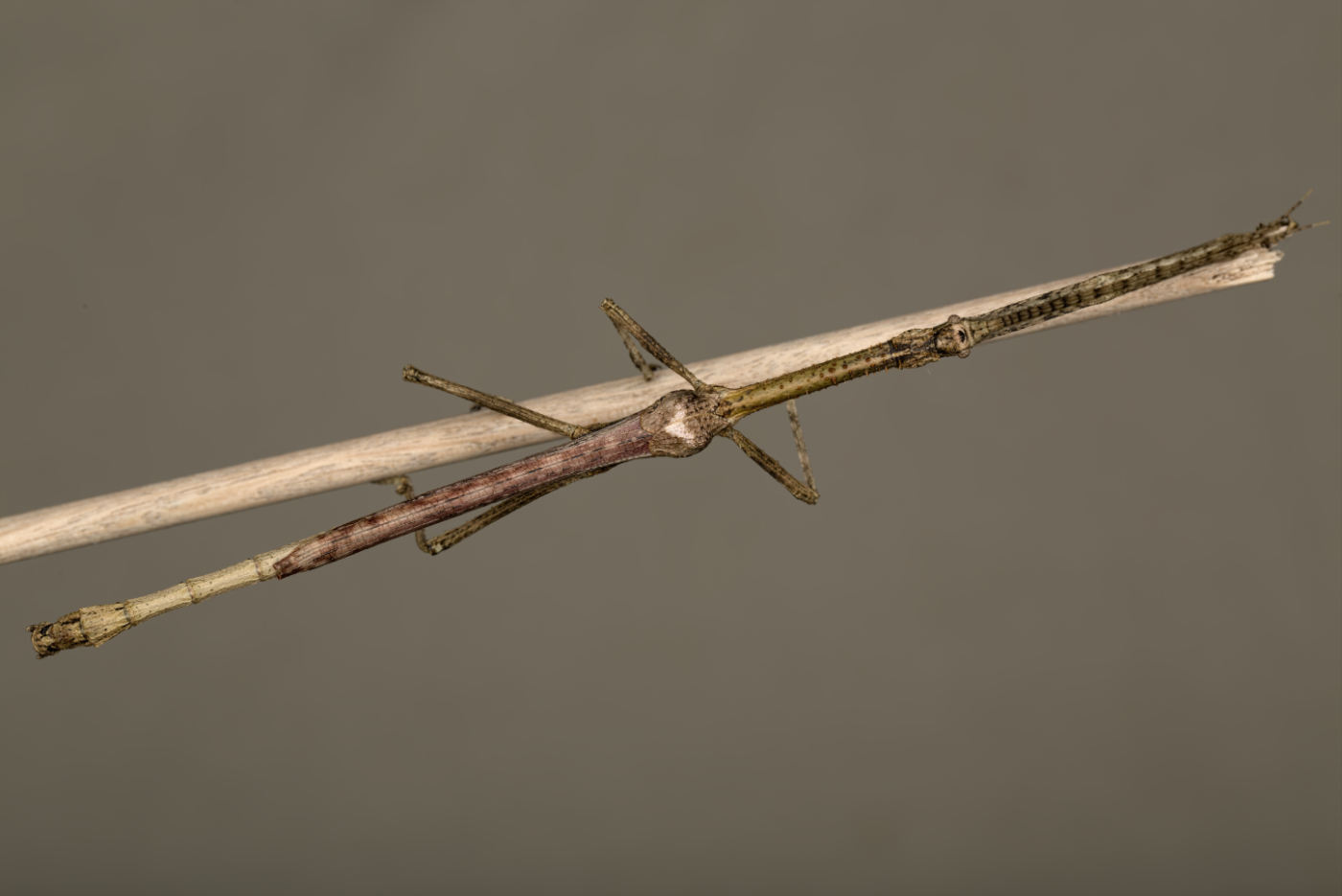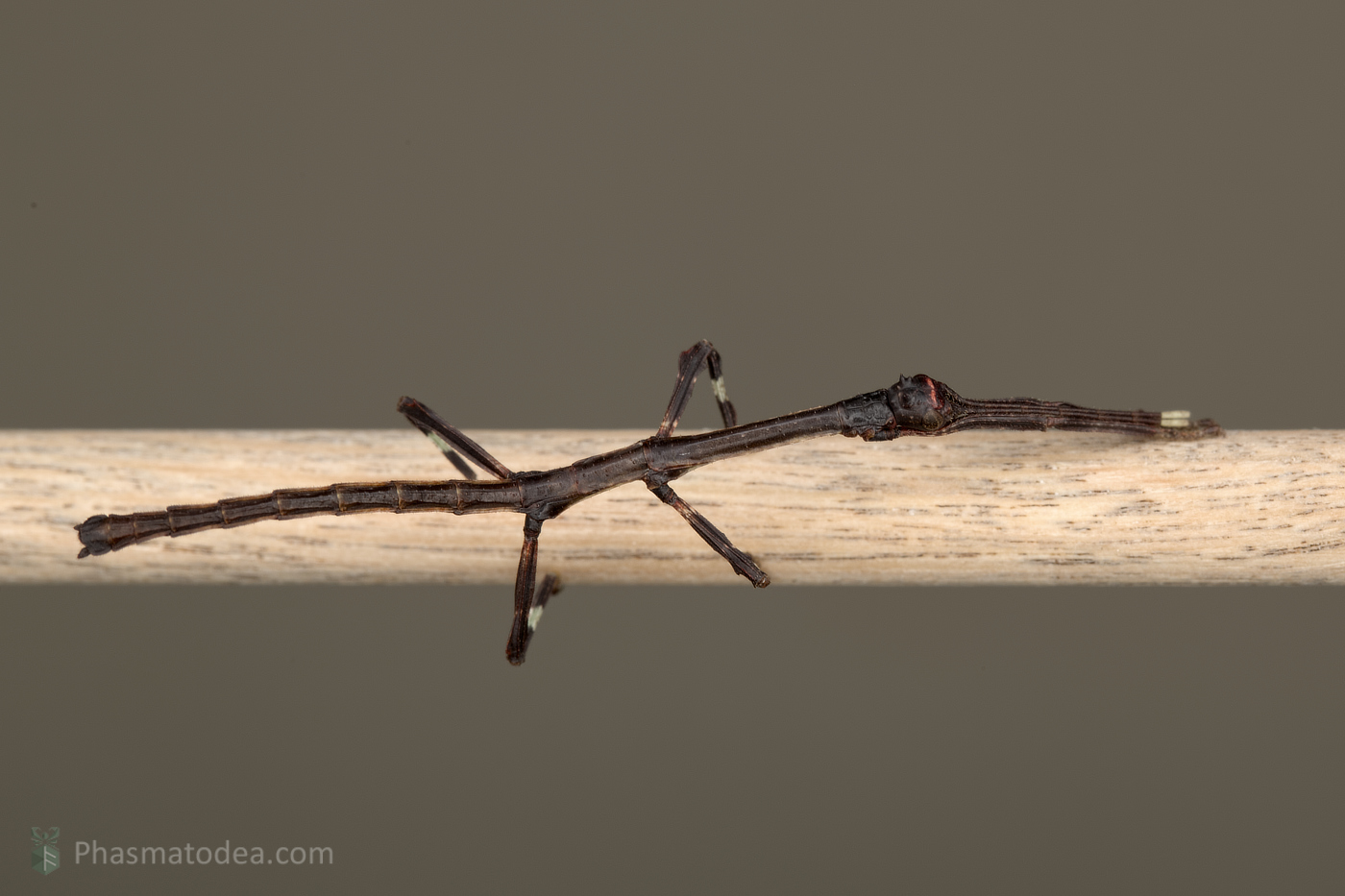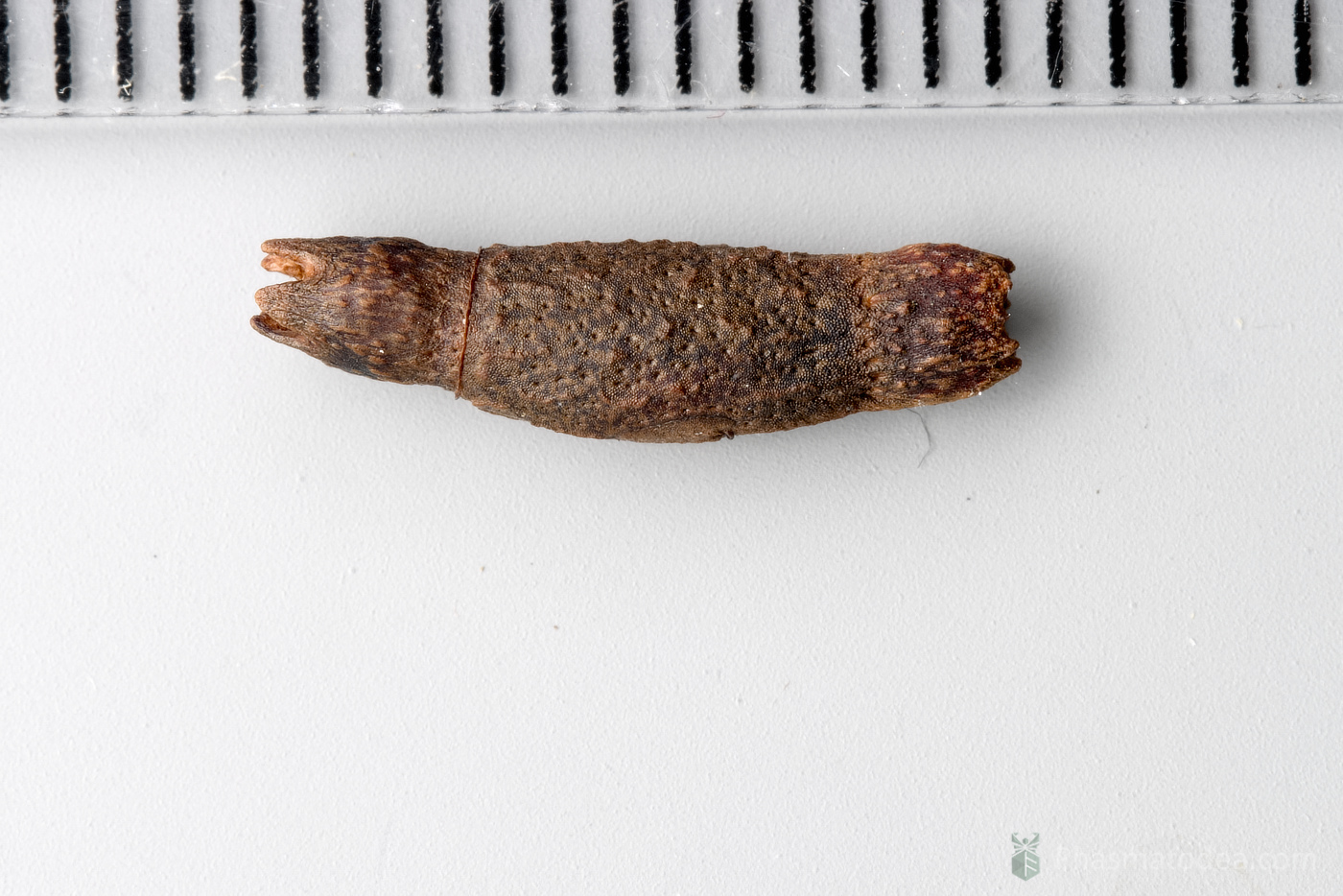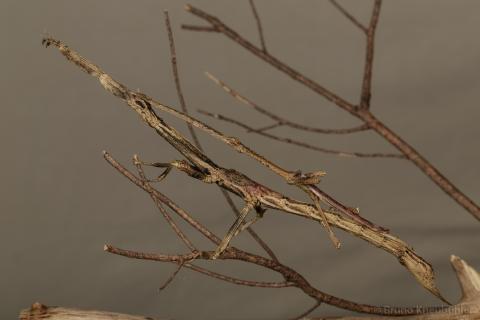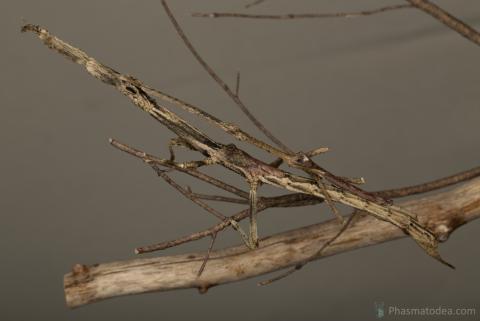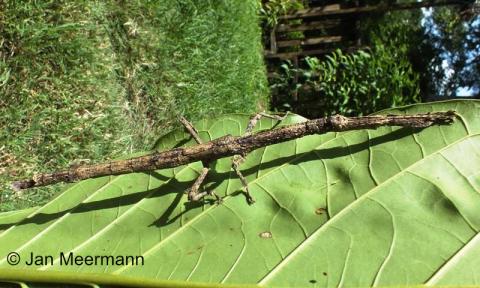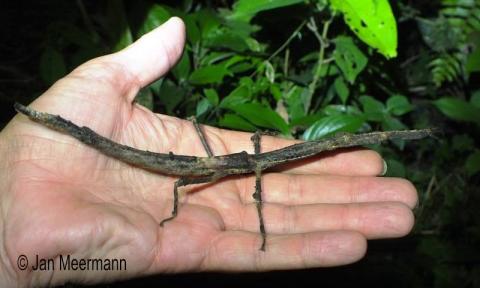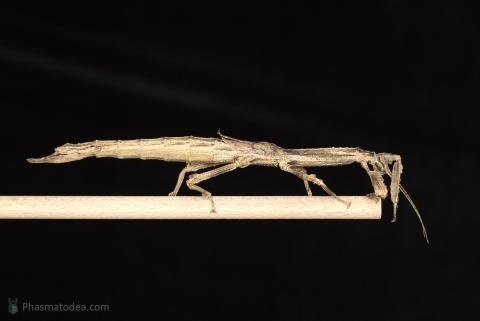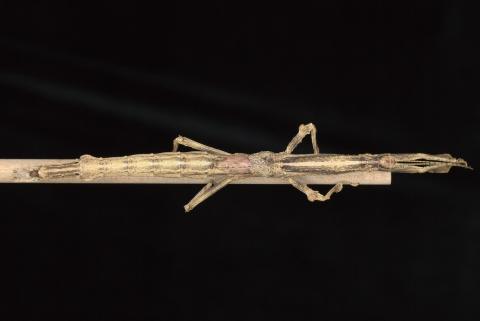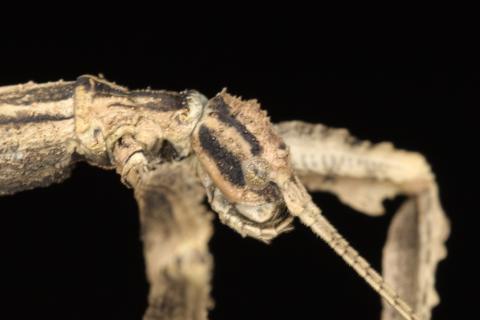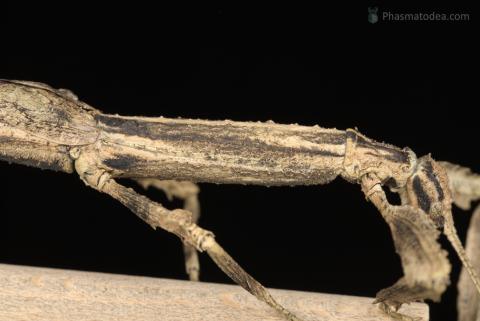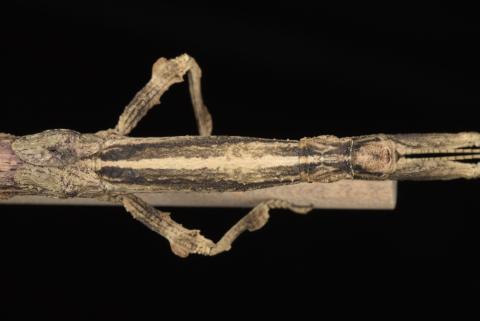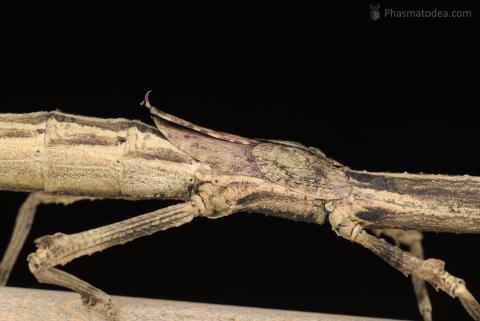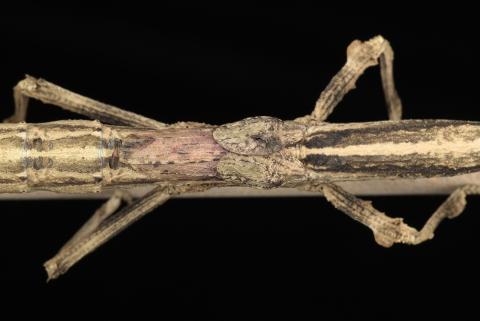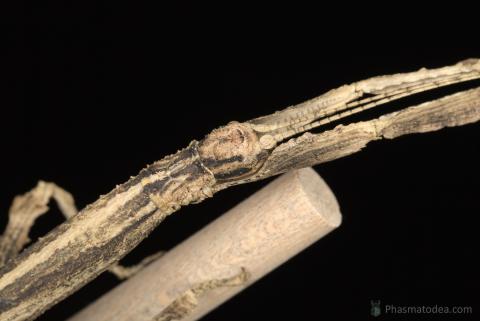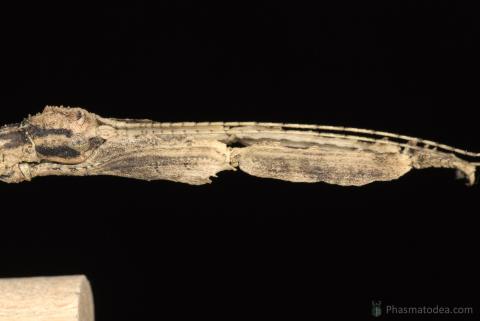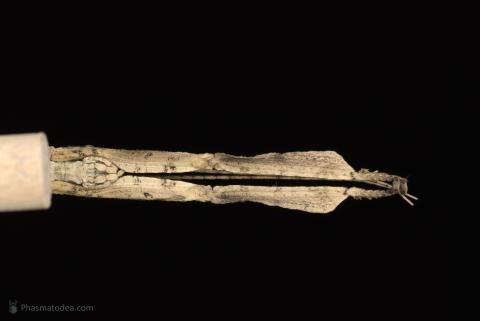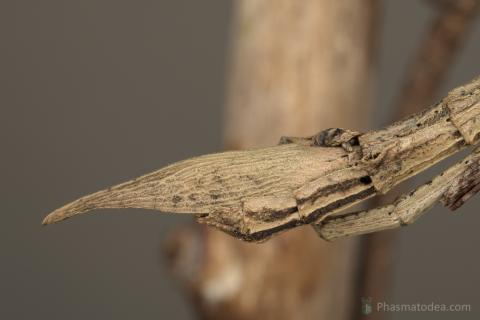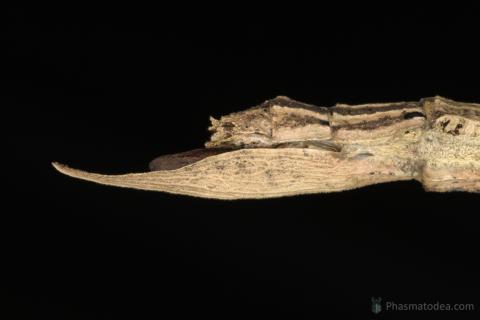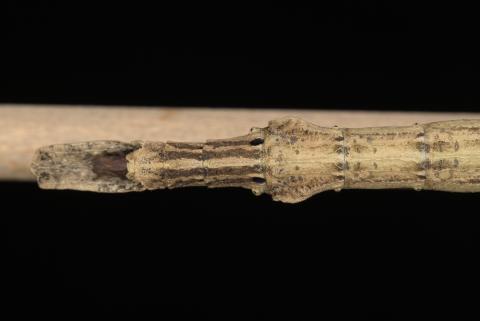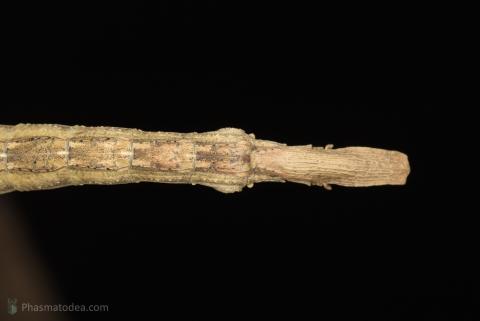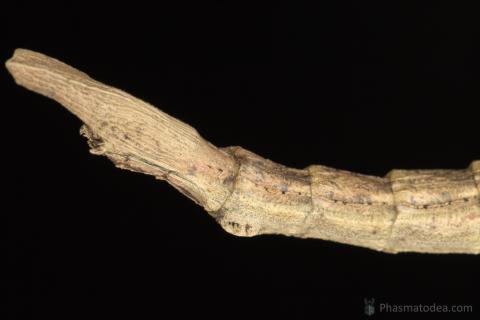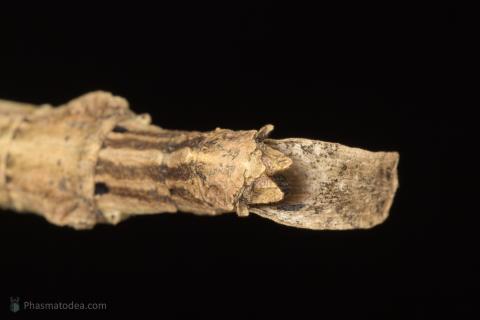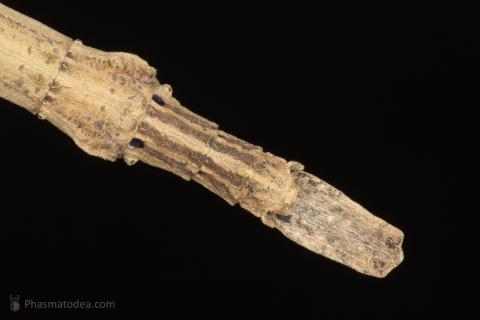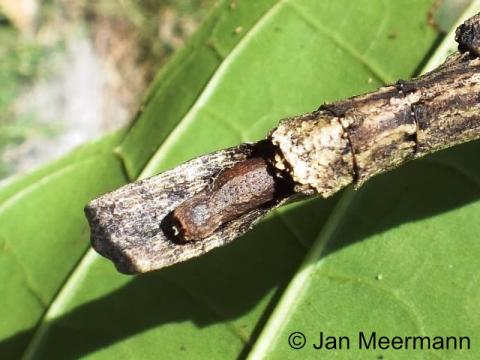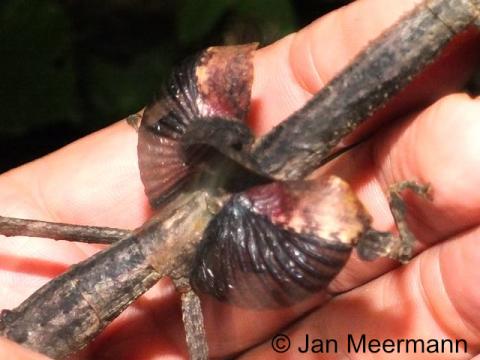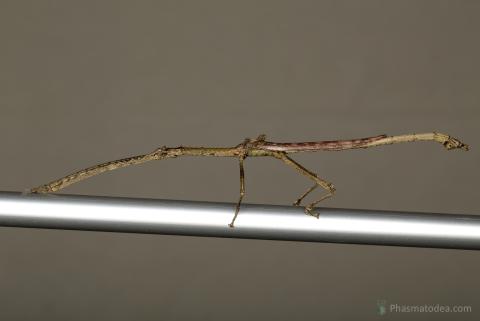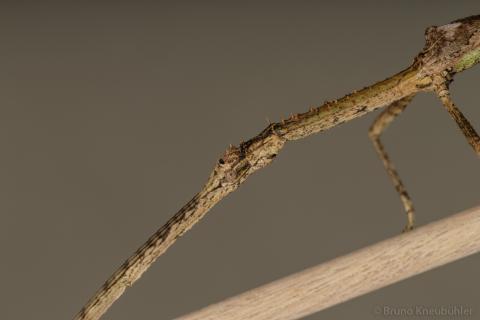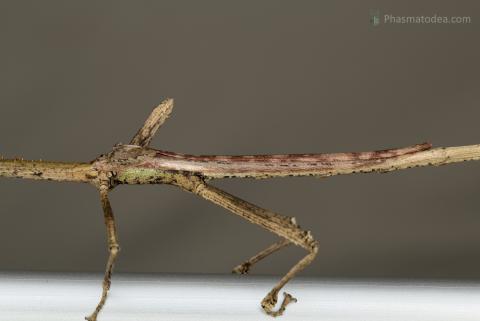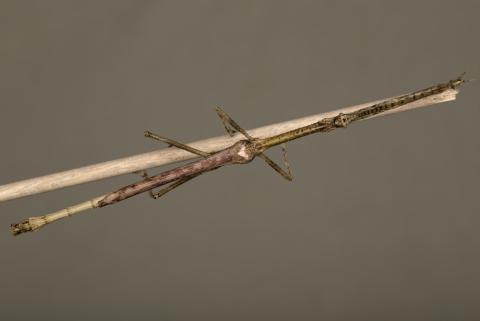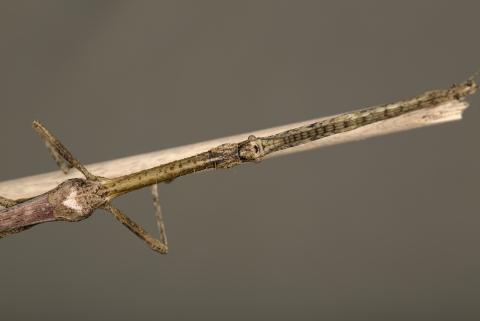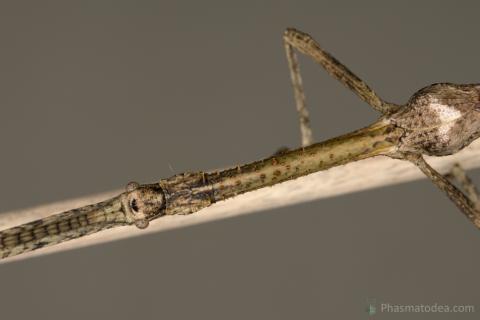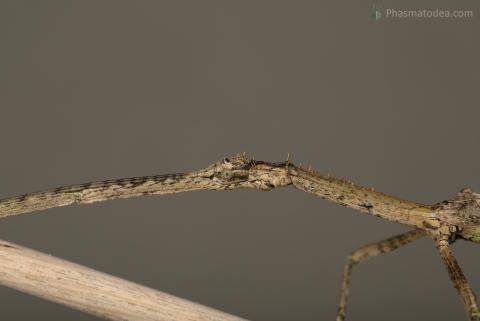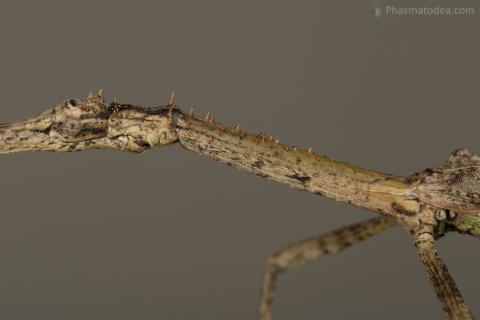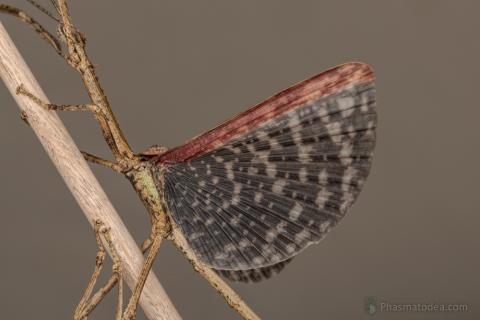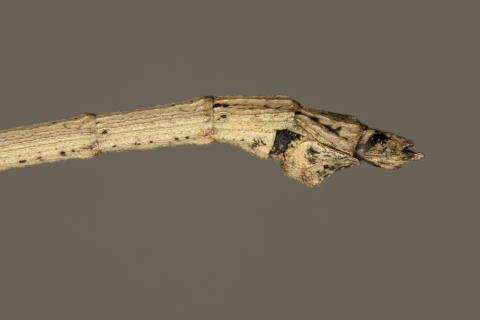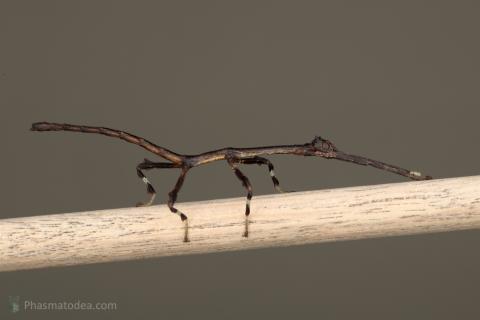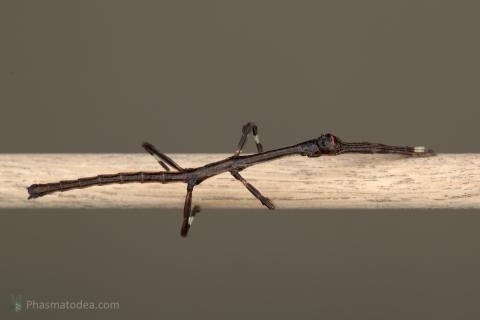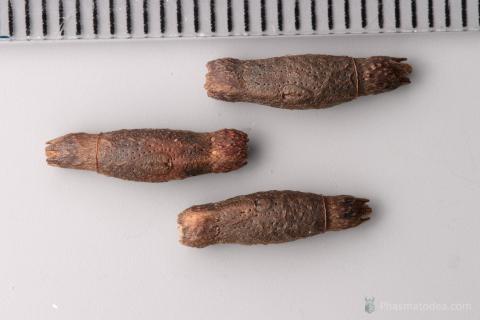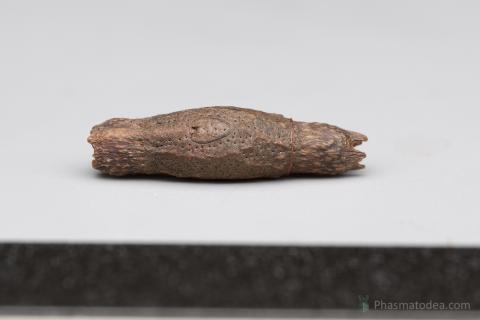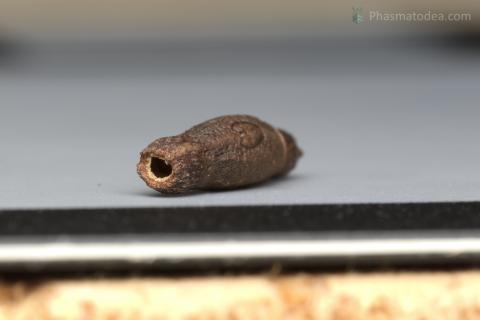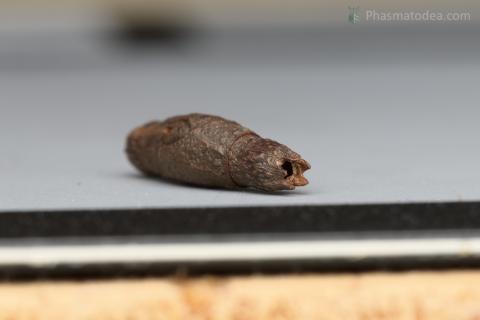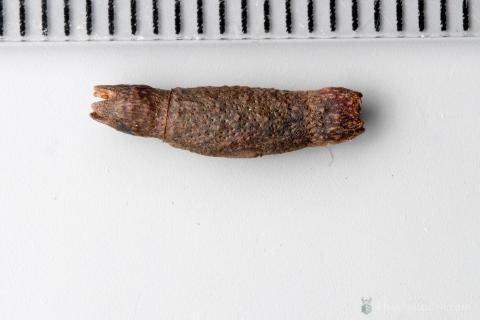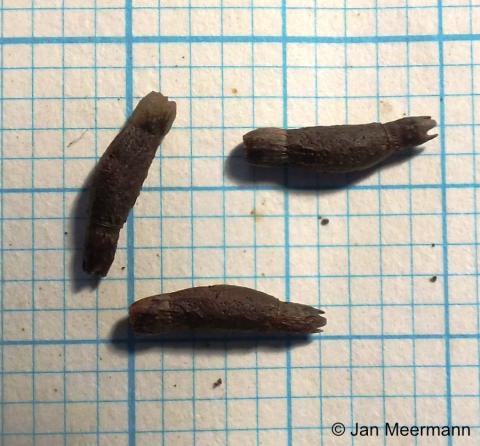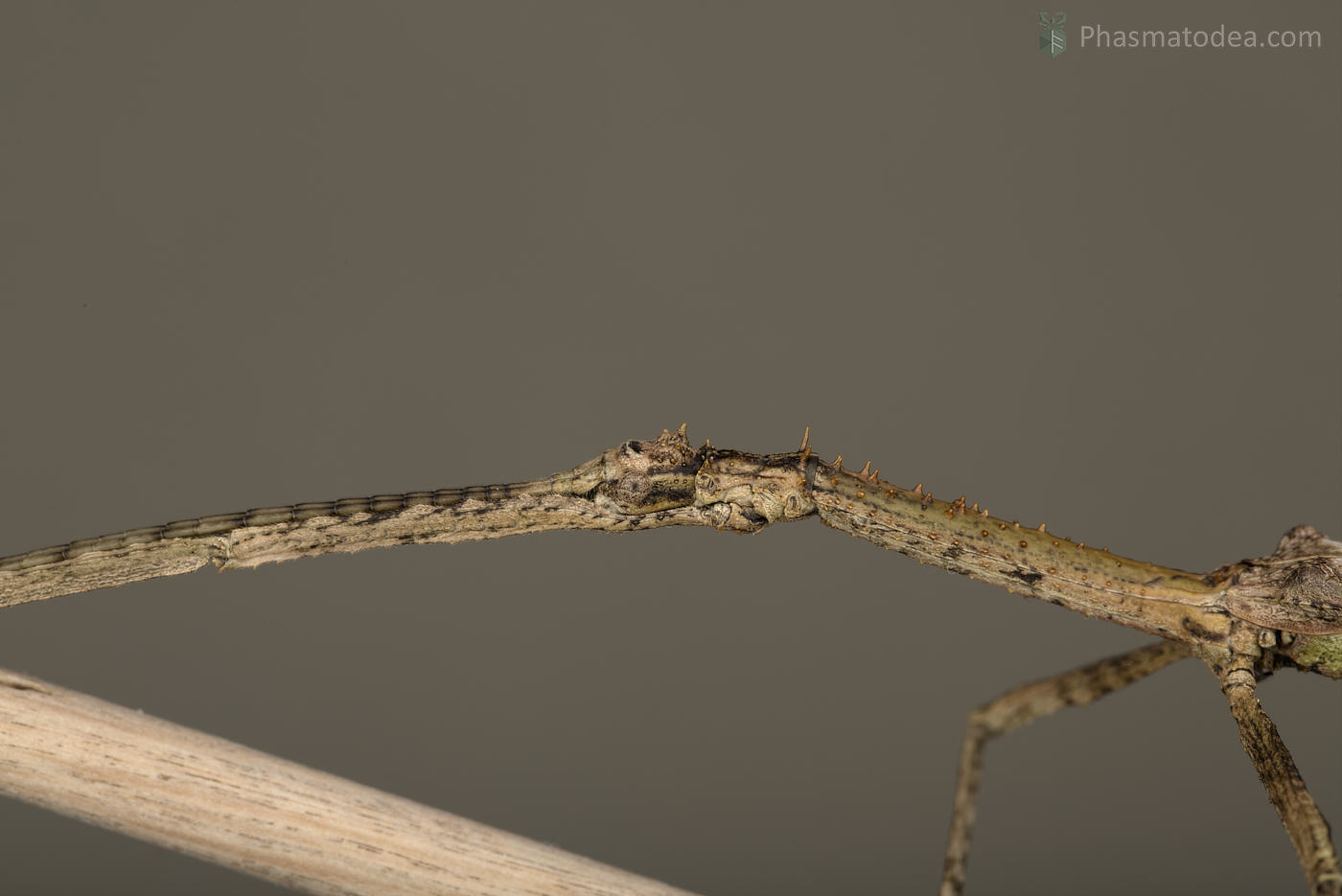
Genus
Species
Stock
Culture status
In culture
Foodplants
Bramble (Rubus spp.)
Salal (Gaultheria shallon)
Coccoloba belizensis
Oak (Quercus robur)
Guava (Psidium guajava)
Breeding notes
(by Bruno Kneubühler)
General Informations
- provenience: Green Hills Butterfly Ranch, Belmopan, Belize
- a thorough taxonomical evaluation by Frank Hennemann (DE), Oskar Conle (DE) and Pablo Valero (ES) revealed that there are no obvious yet consistant morphological differences between the P. spinulosus "Greenhills" (Belize) population and the P. spinulosus type specimen from Panama. Thus both populations are considered to be conspecific, based on the currently available data
- nevertheless, both populations are seperated by roughly about 1500 km. And that is quite a distance for such relatively stationary organisms. Therefore there is some possibility that some "minor" differences do actually exist. Or that these populations even are distinct cryptic species. As this contemplation quickly leads to the controversially discussed question "what is a species after all?", thus let's keep things simple for now :) Serious breeders will keep this culture pure, and won't mix it with other P. spinulosus cultures from different locations. More on this subject
- further taxonomical informations ➤ Phasmida Species Files
Females
- quite large, "twiggy" phasmids
- body length ≈ 16 - 19 cm
- females are very variable in coloration - usually different shades of brown, often with longitudinal stripes
- small wings
- overall, quite an astounding Achrioptera-like appearance, even though these two genera are not at all closely related. Maybe an example for a convergent evolution?
Nymphs
- newly hatched nymphs are dark brown with whitish bands on mid and hind legs, whitish antennae tips and a reddish cross line on the fore head
- rather big, body length ≈ 28 - 32 mm
- on how to distinguish between male and female nymphs
Food Plants
- bramble (Rubus spp.)
well accepted by nymphs and adults - Salal (Gaultheria shallon)
well accepted by nymphs and adults - Hypericum
well accepted by nymphs (info: Cédric Cauquil, FR) - Coccoloba belizensis (Polygonaceae)
the female found by Jan in Belize has been found feeding on this plant - oak (Quercus rubor, Quercus rubra) (info: Lucio Coronel, AR)
- Guava (Psidium guajava) (info: Lucio Coronel, AR)
- presumably a rather polyphagous species
Behaviour, Biology, Breeding
- easy to breed
- both males and females can react rather hectic when being touched. Then they flash their wings, accompanied by a clearly audible rustling, crackling sound
- females fling the eggs away with a swift swing of their abdomen
- eggs just drop to the ground
- about 10 eggs per female and week
- incubation (Cup-Incubation-Method, on medium damp vermiculite) about 6 - 9 months at 20 - 24 °C
- please note that the total incubation time is strongly influenced by the incubation temperatur
- as a side note, it is quite common that from the very same batch of phasmid eggs, some nymphs will hatch weeks, months or even years after the first hatchlings
- eggs can be covered with vermiculite (about 5 mm high), which makes it easier for the nymphs to hatch without getting stuck to the eggs shell. Alternatively one can put wood wool over the eggs, when the nymphs start hatching
- as the nymphs are very big, make sure that the hatching container is big enough. Especially if several nymphs would hatch during the same period
- eggs of this species are not really prone to get mouldy, still it is a good idea to use springtails to limit mould growth
- nymphs hatch after daybreak, usually in the early morning hours before noon
- a humidity of about 70+ % rH is good enough for nymphs and adults. Though a higher humidity (75 - 90 % RH) is not detrimental
- nymphs and adults can be sprayed 2 - 3 times a week with chlorine-free water, but make sure that the water dries up before spraying again
- I use a blackwater conditioner in the spraying water
- small nymphs can be kept in a Faunabox (or a similar cage), which shall not be too small
- move nymphs to a bigger cage as they grow bigger
- provide a cage of about 40 x 30 x 30 (cm, L x B x H) for 2 - 3 adult couples
- males will be adult after 4 - 5 months (at 20 - 24°C), females after 5 - 6 months. But please note, that the development time is strongly influenced by temperature
- our detailed notes on how to successfully breed phasmids are an integral part of this care sheet
- in order to maintain strong and healthy cultures, one often needs 2 - 3 cages per species. So that the cages are not overcrowded, and to keep the more fragile nymphs seperate from the adults
- keep just one species per cage, also to avoid overcrowded, detrimental culture conditions
- informations on why and how to keep cultures seperate and pure
- whenever you post informations or distribute a culture to fellow breeders, then make it a point to use the full and correct scientific name with provenience affix, or in short the full culture name:
- correct is for example Extatosoma tiaratum "Innisfail" - for the pure culture which originates from Innisfail
- incorrect and most unfair is to use the culture name Extatosoma tiaratum "Innisfail" for an Extatosoma tiaratum of unknown or uncertain origin
- incorrect and misleading is "prickly stick insect" or "spiny stick insect" for any Extatosoma tiaratum culture. There are many more "prickly" phasmids. Serious breeders do not use common names, which inevitably lead to confusion
- if possible keep day temperatures below 28°C, and a nocturnal temperature drop is natural and advisable
- do not spray too often and too much, phasmids are no fish. In the confined space of a cage, with it's very limited potential for climatical balancing, humidity and moisture can quickly get out of balance and give raise to excessive mould and microbiologial growth
